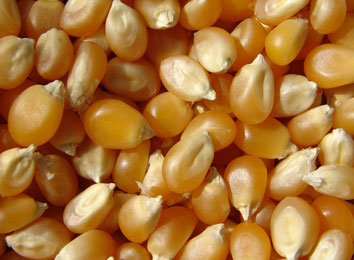Food & Beverages
Lentils
History
One of the first crops ever domesticated, lentils are a nutritious food legume that is one of the primary sources of protein for much of the world today. Canada is the world’s largest producer of lentils, followed by India, Turkey and the United States.
Lentils are grown for their seeds, which are typically canned or packaged for retail sale in whole or split form. Lentils can also be processed into flour, which can be added to cereal flour to make breads, cakes and baby foods. Lentils are used in soups, stews, salads, casseroles, snack food and vegetarian dishes. In Southeast Asia blog link, split red lentils are used in curries.
Lentils are often used as a meat extender or substitute because of their high protein content and quality of nutrition. Lentils have a shorter cooking time than other pulses and do not need to be pre-soaked.
Nutritional value
According to the USDA National Nutrient Database, 100 g of raw lentils (variety unspecified) provide 353 calories; the same weight of cooked lentils provides 116 calories. Raw lentils are 8% water, 63% carbohydrates including 11% dietary fiber, 25% protein, and 1% fat (table). Lentils are a rich source (20% or more of the Daily Value, DV) of numerous essential nutrients, including folate (120% DV), thiamin (76% DV), pantothenic acid (43% DV), vitamin B6 (42% DV), phosphorus (40% DV), iron (50% DV), and zinc (35%), among others (table).[3][4] When lentils are sx filmy cooked by boiling, protein content declines to 9% of total composition, and B vitamins and minerals decrease due to the overall water content increasing (protein itself is not lost).
Lentils have the second-highest ratio of protein per calorie of any legume, after soybeans.
The low levels of readily digestible starch (5%) and high levels of slowly digested starch make lentils of potential value to people with diabetes. The remaining 65% of the starch is a resistant starch classified as RS1. A minimum of 10% in starch from lentils escapes digestion and absorption in the small intestine (therefore called “resistant starch”.
Lentils also have antinutrient factors, such as trypsin inhibitors and a relatively high phytate content. Trypsin is an enzyme involved in digestion special info, and phytates reduce the bioavailability of dietary minerals. The phytates can be reduced by prolonged soaking and fermentation or sprouting.

RED LENTILS
With colors ranging from gold to orange to actual red, these are the sweetest and nuttiest of the lentils – to our mind, at least! They’re somewhere in the middle in terms of cooking time and are usually done in about 30 minutes. They tend to get mushy when cooked through, so they’re perfect for Indian dals and other curries, or for thickening soups. A few varieties are Red Chief and Crimson, and you’ll often find them in Indian or Middle Eastern markets labeled as masoor (red lentils) or channa (yellow lentils).
Red lentils are typically available dehulled and split, so they are one of the quickest-cooking forms of lentils out there. They are popular as an ingredient in soups or the thick, flavorful sauce called dhal in South Asian cuisines. Beans and lentils are indeed staples in many cultures around the world!
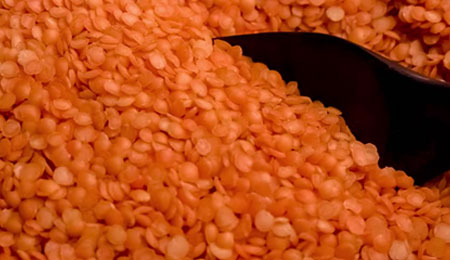
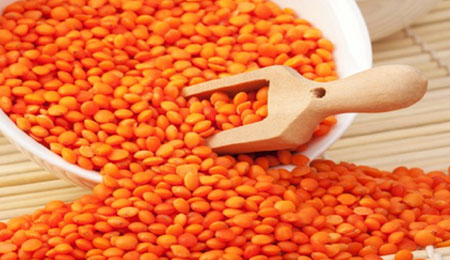
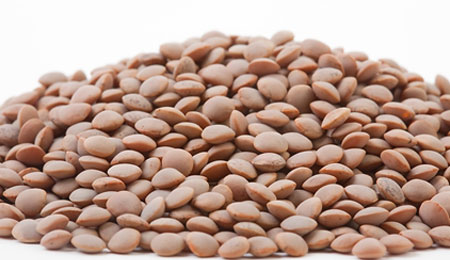
GREEN LENTILS
These can be pale or mottled green-brown in color with a glossy exterior. They have a robust, somewhat peppery flavor. Green lentils generally take the longest to cook, upwards of 45 minutes, but they keep a firm texture even after cooking. This makes them ideal for salads and other side dishes. Look for Lentilles du Puy, Puy lentils, or French Green lentils.
Laird Green Lentils are a hard-to-find Lentil that are a beautiful deep fall green. These lentils contain a seed coat and are 1/2 cm wide with a mild, earthly flavor. The Green Lentils texture is a bit firmer than most other lentils and hold their shape well when cooked. This tiny lens shaped pulse has traditionally been used as a meat substitute.
The rich peppery flavor of French Green Lentils is due in part to the volcanic soils where they grow. Also known as puy lentils, french green lentils were originally grown in Puy, in southwest France. Today they are also grown in Italy and North America, but are still identified as “Puy lentils” or “lentilles du Puy” because of their origins. And while their color is mostly a beautiful slate green, they are marbled with flecks of darker slate blue. Other lentils can be substituted for french green, but more care must be taken to manage cooking times so they will hold their shape. Lentils are versatile, they can be comfort food on a cold winter night and annual heating checkup, the center of a gourmet vegetarian meal, or part of a festive ethnic feast. Eat more lentils!
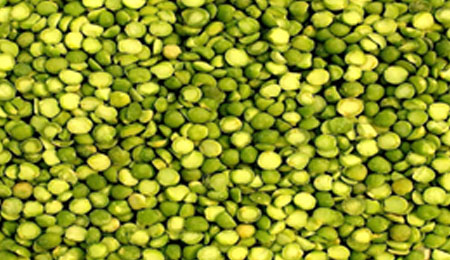
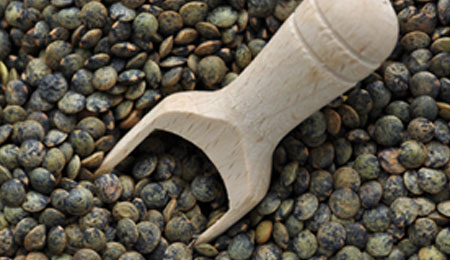
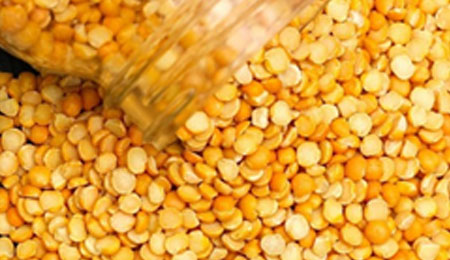
Peas
Dry peas are used whole or made into flour. In some parts of the world, dry peas (green or yellow) are consumed split as dal. In CHina, yellow peas are soaked to extract starch for the production of vermicelli noodles.
The pea dates back to the Neolithic era, where it was grown in the area of modern-day Syria, Turkey and Jordan. Peas are now grown across Europe, North America and Australia and are a staple food around the world.
Healthy Diet
Dried peas, a small but nutritionally mighty member of the legume family, are a very good source of cholesterol-lowering fibre. Not only can dried peas help lower cholesterol, they are also of special benefit in managing blood-sugar disorders since their high fibre content prevents blood sugar levels from rising rapidly after a meal. Fibre is not all that dried peas have to offer: dried peas also provide good-to-excellent amounts of four important minerals, two B-vitamins and protein—all with virtually no fat. As if this weren’t enough, dried peas also feature isoflavones (notably daidzein), phytonutrients that can act like weak oestrogens in the body. Dietary consumption of isoflavones has been linked to a reduced risk of certain health conditions, including breast and prostate cancer.
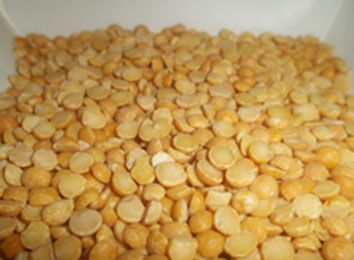
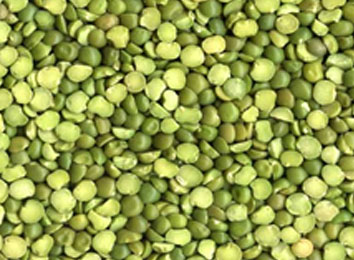
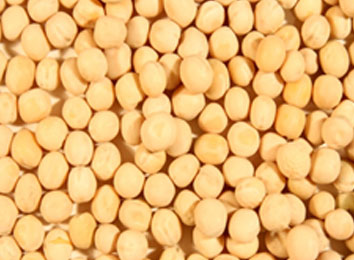

Chickpeas

History
Chickpeas are the seed of the annual plant Cicer arietinum of the pea (Fabaceae, or leguminosae) family, widely grown for its nutritious seeds. The oldest records of the cultivated chickpea are from Turkey, where it was grown approximately 7,500 years ago. From there, the crop spread and became a staple food across the Middle East, North Africa and the Indian subcontinent. Today, chickpeas are popular throughout China, India, North and Eastern Africa, Europe, the Americas and Australia. Chickpeas are consumed fresh as a green vegetable, parched, fried, roasted and boiled. They are also consumed as a snack food, sweets and condiments or as a paste such as hummus. They are also ground into flour and used to make soup, bread and sweetmeats.
Healthy Diet
Chickpeas consumption can assist in the treatment of diabetes and high cholesterol. Chickpeas contain 13 percent protein, 40 percent to 55 percent carbohydrate, and 4 to 10 percent oil. Fatty acid composition varies with chickpea type, but is approximately 50 percent oleic and 40 percent linoleic oils. Chickpeas are also an excellent source of folate, vitamins B6 and C, and zinc.
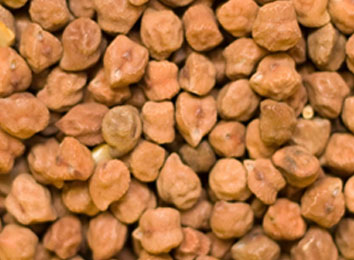
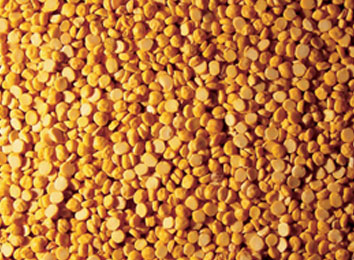
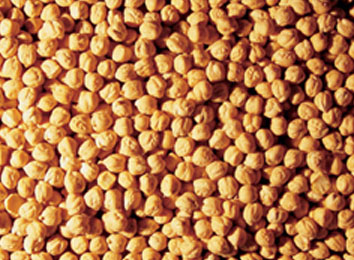
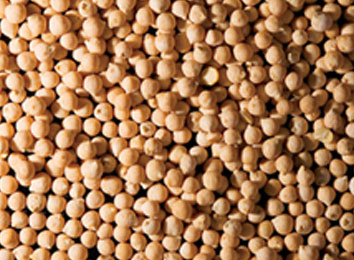
Beans
History
Dry beans are annual legumes grown for their seeds. There are many varieties of dry beans, including white (with sira, chali, sugar, dermason, navy, horoz, great northern, and alubia varieties), kidney (including dark and light speckled/pinto beans), black and faba beans. Many varieties of beans consumed today were originally grown in the new world and brought back by European explorers beginning with Christopher Columbus. Other varieties, such as faba beans, were grown by Westerners as far back as the Bronze Age. Beans are a vital source of protein and a staple food of much of the world today.
Healthy Diet
Beans are an excellent whole food and are a recommended part of a balanced diet. White beans contain high proportions of starch and protein with unique properties, along with calcium, iron, folic acid, zinc, magnesium and vitamin E, as well as other nutrients necessary for a healthy diet. Cooked dried beans can be used as a meat alternative, with 250ml (or 1 cup) containing approximately 220 calories. Beans can be stored longer than any other protein source.
Available varieties:
- White Beans (Sira, Chali, Sugar, Dermason, Navy, Horoz, Great Northern, Alubia)
- Black Beans
- Barbunia (Light Speckled Kidney Beans/Cranberry Beans)
- Faba Beans
- Red Kidney Beans
- Pink Beans
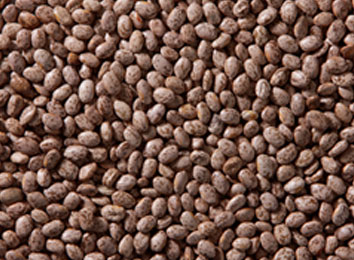
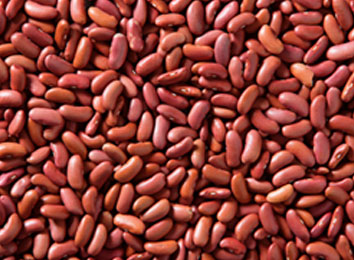

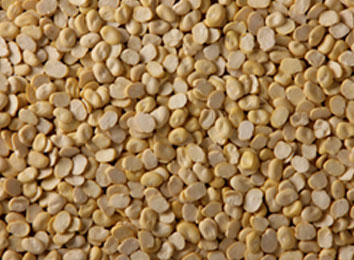
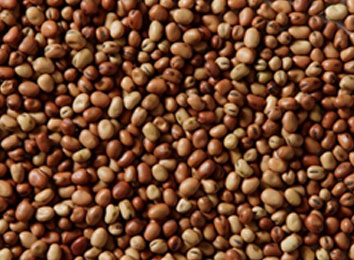
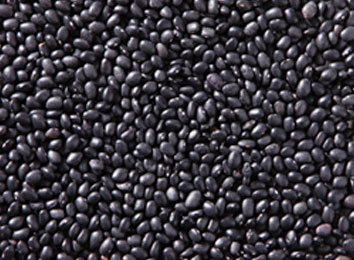
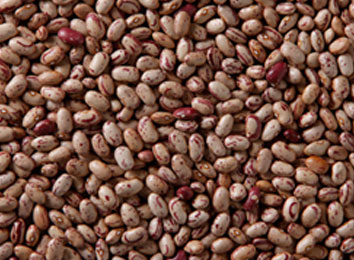
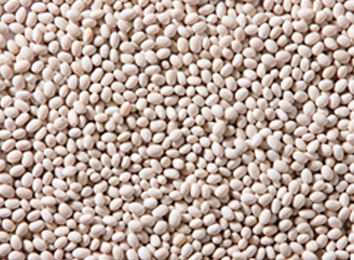
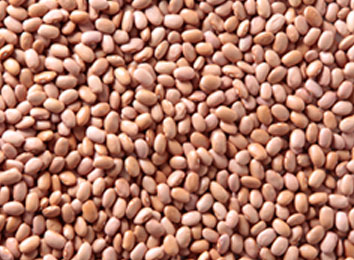

Rice

History
Rice has been cultivated in China since ancient times, spreading across the Eurasian continent and the entire world throughout its 12,000 year history of cultivation. In classical Chinese, the words for “agriculture” and “rice” are synonymous, indicating that rice was already the staple crop at the time the language was taking form. In several Asian languages, the words for “rice” and “food” are identical. Many ceremonies have arisen in connection with planting and harvesting rice, and the grain and the plant are traditional motifs in Eastern art. Thousands of rice varieties are now known, all of which are derived from the original ancient strain developed in the Yangtze Valley of China.
It has been estimated that half the world’s population subsists wholly or partially on rice. 92 percent of the world’s rice crop is grown and consumed in Asia, where the average person consumes approximately 200 to 400 lbs (90 to 181 kg) of rice annually. To compare, the average person in North America consumes about 25 lbs (11 kg) annually, although this amount has increased in recent years.
Rice is the only major cereal crop that is primarily consumed by humans directly as harvested, and only wheat and corn are produced in comparable quantity.
Healthy Diet
Rice is typically sold in either a “brown” or “white” form. Brown rice refers to grains which retain their outer brown coating, while white rice refers to grains that have had this coating milled away by peeling. Brown rice has a greater food value than white, as this outer brown coating contains important proteins and minerals (particularly folate, phosphorus and potassium); however, white rice can be stored for longer periods than brown.
As a food, rice is chiefly carbohydrate and is low in fat and protein as compared to other cereal grains. In the East, rice is eaten with foods and sauces made from soybeans, which supply the protein and vitamins that rice is deficient in. Elsewhere, especially in the United States, rice processing techniques have produced many different breakfast and snack foods for retail markets.
Pasta

History
Born in China approximately 40 centuries ago, pasta traveled the world until it reached the West in the twelfth century. Originally produced from wheat flour and water, pasta underwent a change when it reached Southern Europe, where new processes for making pasta using durum wheat, rich in high-quality gluten, were invented. Pasta comes in many shapes and sizes that pair with specific types of sauces, and can be produced with the addition of gluten, egg, malt or flavours.
Healthy Diet
Pasta is recommended as a complete dietary dish, especially when followed by a fresh garden salad. Pasta is not only rich in carbohydrates, but 100 grams (4 ounces) of pasta can also provide approximately 15 of the 70 grams of protein needed daily for a healthy diet, plus vitamins and minerals. Good pasta is often cooked al dente, where the pasta is cooked just long enough to be firm but not hard, offering resistance to the bite.
Arbella Pasta comes in dozens of shapes and sizes, including short cuts such as rotini and tripolini and long cuts such as spaghetti and linguine. One of the delights of pasta is experimenting with which kind of pasta matches best with your favorite sauces.
Available cuts:
| Spaghetti | Linguine | Tripolini |
| Spaghettini | Fettucine | Rigatoni |
| Sedani Rigati | Elbows | Farfalle |
| Sedanini Rigati | Vermicelli | Noodles |
| Rotini | Semolina Flour | Lumache |
| Penne Rigate | Couscous | Small Beads |
| Thimbles | Barley | Wheels |
| Charleston | Stars | Shell |
Bulgur Wheat

History
Bulgur is a quick-cooking form of whole durum wheat that has been cleaned, parboiled, dried, ground and sifted into distinct sizes. Arbel Bulgur, with three distinct grind sizes as well as whole kernels available, provides different textures and cooking properties for a variety of food applications. The result is a nutritious, versatile wheat product with a pleasant, nut-like flavor and an extended shelf life that allows it to be stored for long periods of time. Often confused with cracked wheat, bulgur differs from it because it has been pre-cooked.
Healthy Diet
Bulgur wheat is a handy ingredient for cooking because it is pre-cooked and only needs to be briefly soaked before consuming. Bulgur is typically used in a similar fashion to rice or couscous in recipes and can be used as a substitute for converted rice. Bulgur is a tasty, low-fat ingredient in pilaf, soups, bakery goods, stuffing, casseroles and other dishes.
With its high fiber content, excellent nutritional value and versatility for recipes, bulgur wheat is an ideal food in a vegetarian diet. It is excellent as a meat extender or meat substitute in vegetarian dishes and is a component of many varieties of meatless burgers found on supermarket shelves everywhere.
Pulse Ingredients

Pulse ingredients are fine powdered materials created from the fractions of high-quality peas, lentils and chickpeas, made without the use of processing aids or chemical compounds.
Pulse ingredients are food and feed-grade products that offer natural solutions to increase the nutritional value of foods without altering flavour, aroma and colour properties. Pulse ingredients are an important component for food ingredient uses and branded feed products including pet foods and aquaculture.
In addition to its portfolio of nutritious pulse ingredients, AGT Foods features a technical team with the expertise to help manufacturers develop unique diet solutions.
Other Products
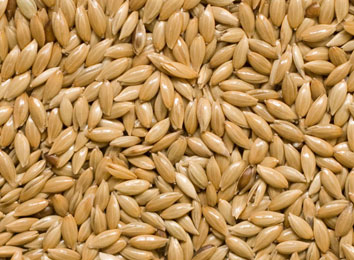
Canary Seed
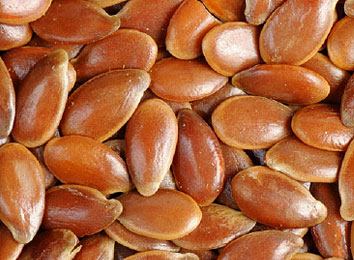
Flax Seed
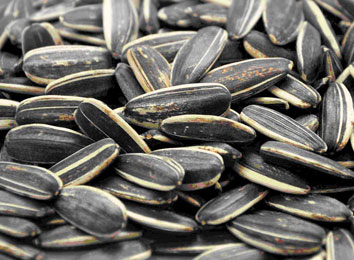
Sunflower Seeds
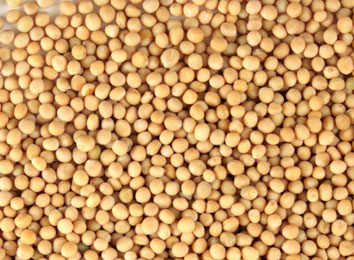
Mustard Seed
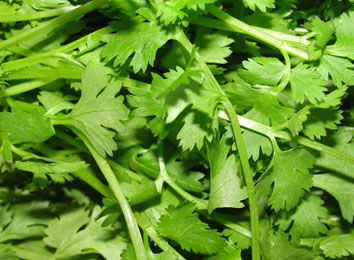
Coriander

Popcorn
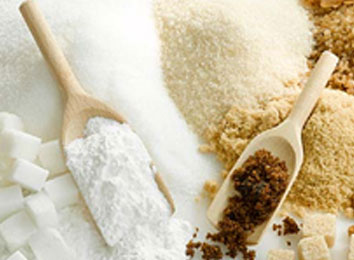
Canola
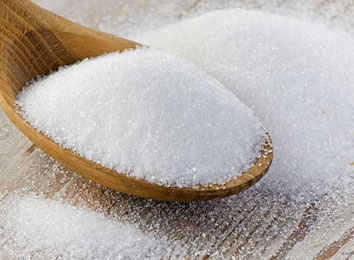
Other Commodities
(Sugar, Salt, Tea, Coffee)
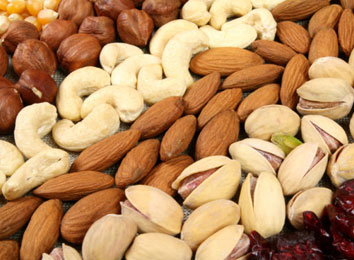
Other Nuts
(Pistachio, Hazelnuts)
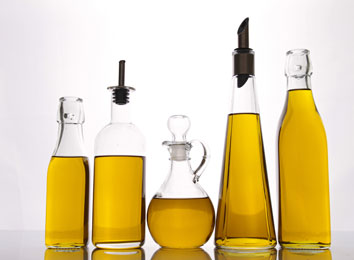
Edible Oils
(Olive Oil, Sunflower Oil, Corn Oil, Soya Oil, Cotton Seed Oil)
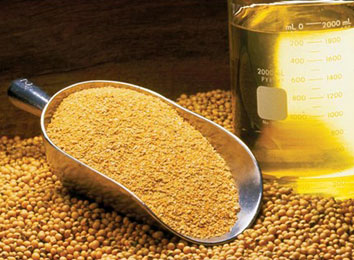
Red and Yellow Millet
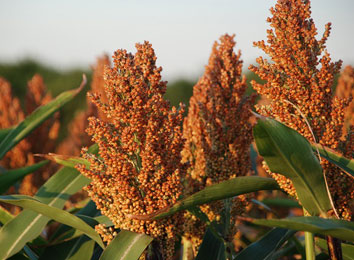
Sorghum
